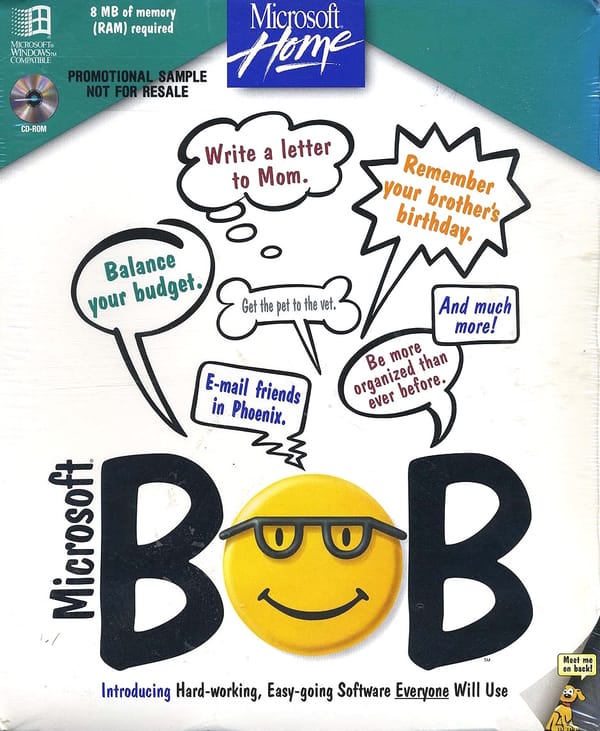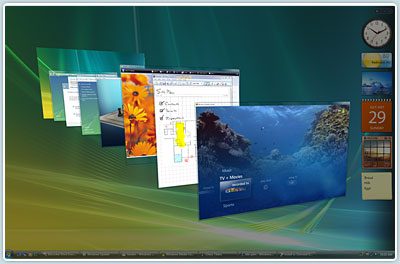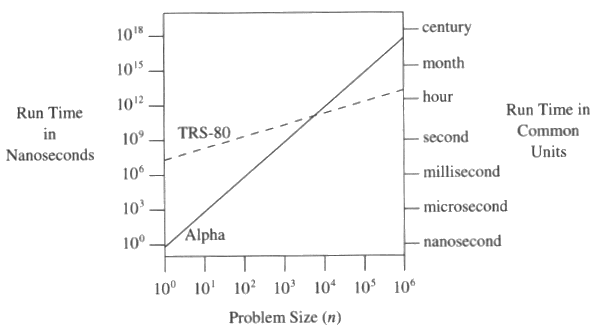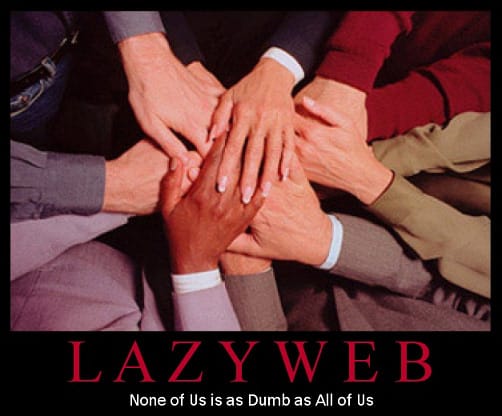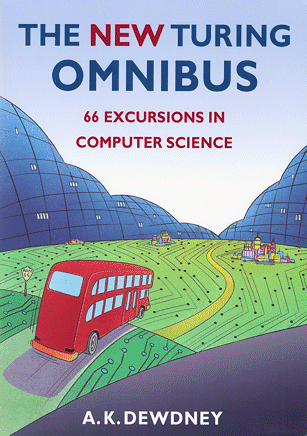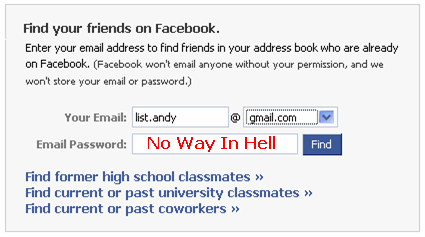
monitor calibration
Computer Display Calibration 101
If you’ve invested in a quality monitor for your computer, you owe it to yourself – and your eyes – to spend 15 minutes setting it up properly for your viewing environment. I’m not talking about a high-end color calibration, although you can certainly do that. I’m talking about


